Todd Anderson has been described as the bad ass of Napa. Maybe it’s because he stands 6 feet 4 inches tall, drinks bourbon, and curses a lot. Or maybe it’s because he’s made some of the best Cabernet from Napa consistently for over 25 years. I expected his wines to match is reputation; over-extracted, high in alcohol, and aged in 300% new American oak.
Tasting through his wines before meeting Anderson, I had a pre-conceived notion of their style. At first I had tasted his 2011 Right Bank, a nod to his old winemaker who worked at Chateau Cheval-Blanc. The 2011 vintage was Merlot heavy (not usually the case) blended with Cabernet Franc. The wine was restrained, but in a good way. Ripe red fruit dominated leading into plums and black cherry paired elegantly with black pepper, cedar, and dill. This wine did not taste like it was made from someone so brash and loud.
We met for lunch at one of the top steakhouses in Philadelphia, Butcher & Singer. Anderson took control of the wine list and ordered without any input from myself. I expected a big and bold Napa blend, or even an over-extracted old-school Aussie. I was presently delighted when I saw the french-looking label; the over-delivering fifth-growth Chateau Pontet-Canet from Paulliac.
During the wine presentation, our Sommelier started a discussion with Todd. He had lived around Napa Valley and had recently moved to Philadelphia. Without knowing which of Todd’s wines I had in my bag, the Somm quickly jumped to the conclusion of the “terrible” 2011 vintage in Napa. He soon found out that my bag was full of 2011s!
2011 may have been difficult for producers, but mainly for the large houses. According to Anderson, it was one of the latest harvests he has ever worked. In response to the late rains, the key to physiological ripeness was patience. The big houses can take over 20 days to complete harvest, while the smaller independent producers can wait. Since these mass-produced grapes were first harvested, they are generally the first wines made and the first wines tasted. Critics can jump to conclusions too quickly. This explains how Todd Anderson’s 2011 Cabernet comes in at 95+ points.
Anderon’s 2011 Cabernet Sauvingnon was harvested from October 22nd to November 9th, nearly 2 months later then most producers in 2014. Patience payed off for those who waited after the rains. There is no green, under-ripe notes to his wines. Ripe black cherry, black berry, and bramble balanced with acidity and smooth grippy tannins. Highly structured, Napa power meets elegance. A bad year? Don’t believe the critics.
The irony of our lunch was in fact the bottle of 2004 Pontet-Canet, also a poor year according to the critics. Maybe Anderson ordered this vintage to prove a point; The best grape growers and wine makers will still make outstanding wines even in poor vintages. Vintage variation does exist, and that’s ok. The 2004 Pontet-Canet was still youthful with austere tannins but mellowed out after time. The salt and pepper from our NY Strip and Filet Mignon matched perfectly with the wine elevating each own’s flavours. In a ‘bad’ year, the wine was aromatic and elegant.
Todd and I travel from account to account in the lovely Philadelphia weather. With the 2014 drought in California, the city of brotherly love decided to welcome Todd with some rain. I expected Anderson to flaunt his wines and himself; he has produced one of the top Napa Cabernets for over 25 years! Yes, he also sells one of the most expensive wines in the world with his Ghosthorse project. And of course, he’s out-spoken. But ultimately in Todd’s opinion, wine is about pleasure. He doesn’t bore you with technical information, though Todd can hang with the most wine knowledgable people I know. He doesn’t talk about himself unless asked. The wines speak for him. His 2010 Eloge, meaning to sing praises, is another fine example of elegance. Flavours of velvet, perfumed flowers, red cherry, currants, black berry, mint, dill, lavender, white pepper, clove, vanilla, and cedar.
Don’t judge a wine by it’s maker until you get to know the maker. The wines reflect Mr. Anderson inside and out; bold, brash, and rich on the outside but subtle, elegant, and restrained on the inside. The terroir of the winemaker’s hands.
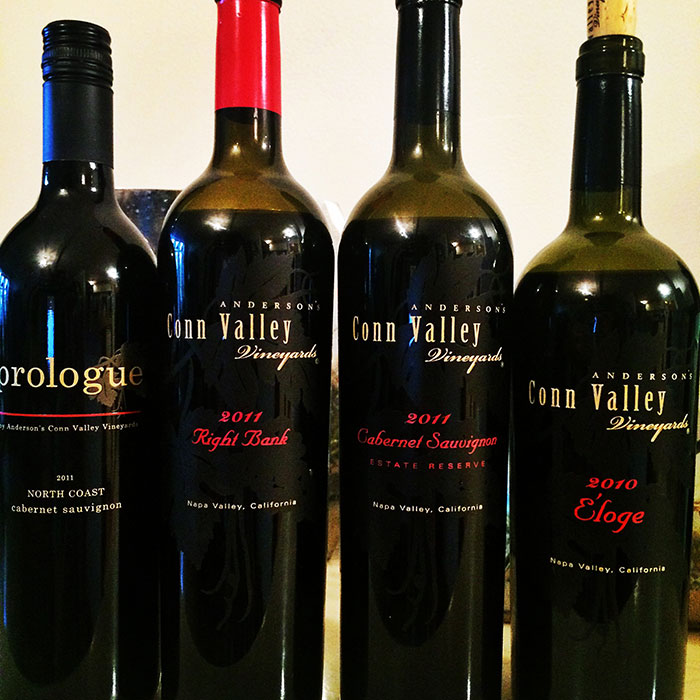
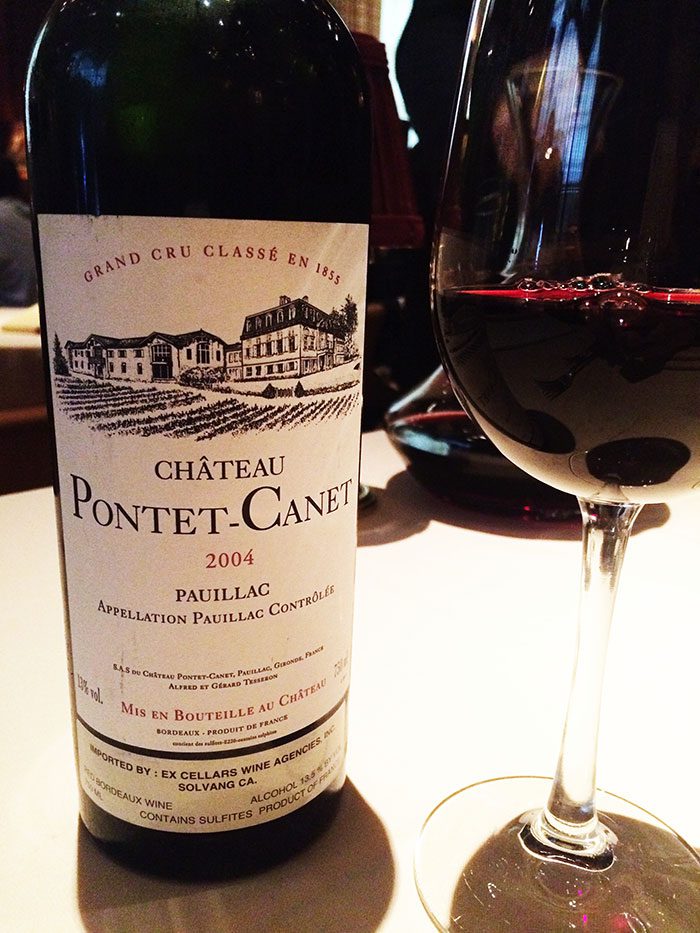
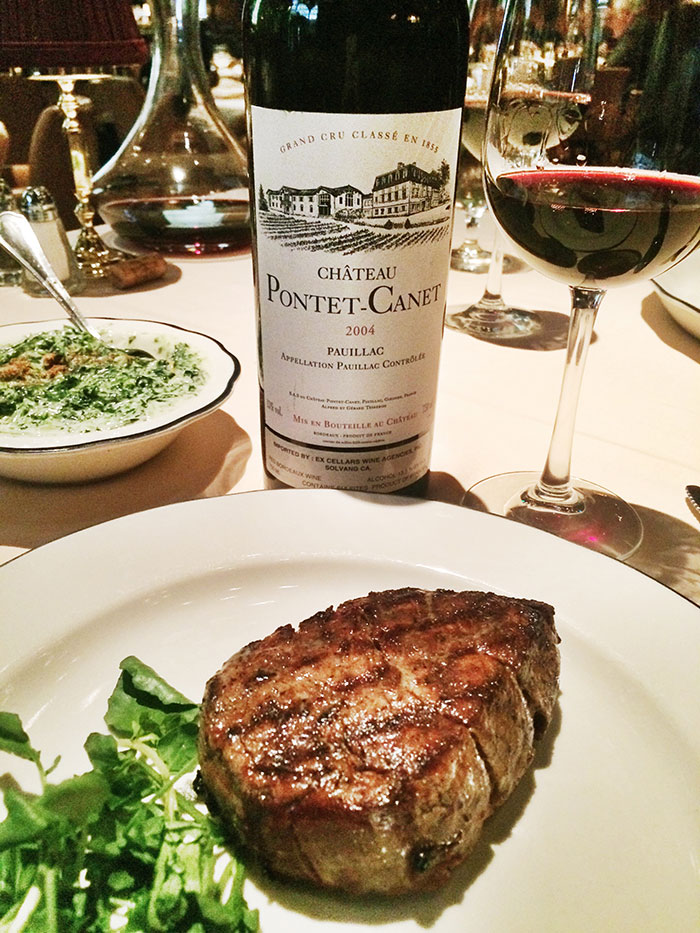
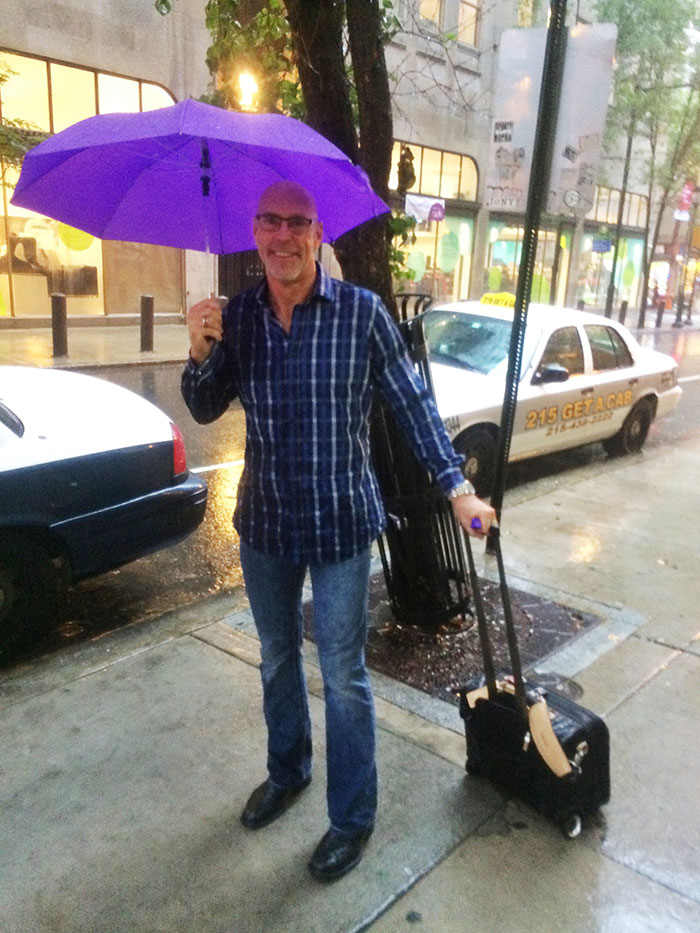
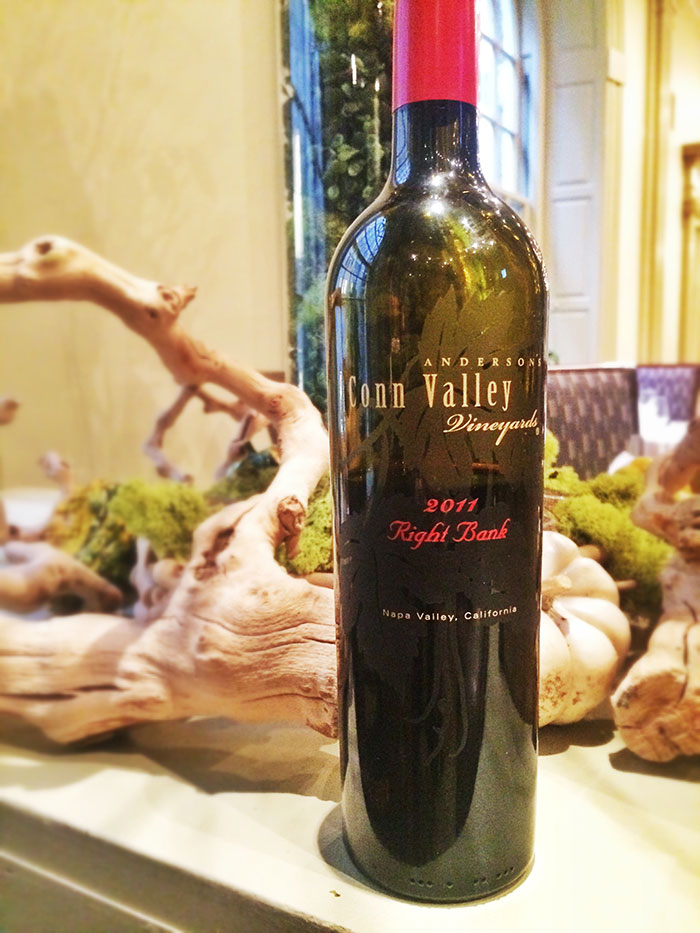
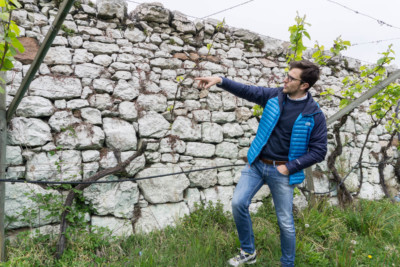

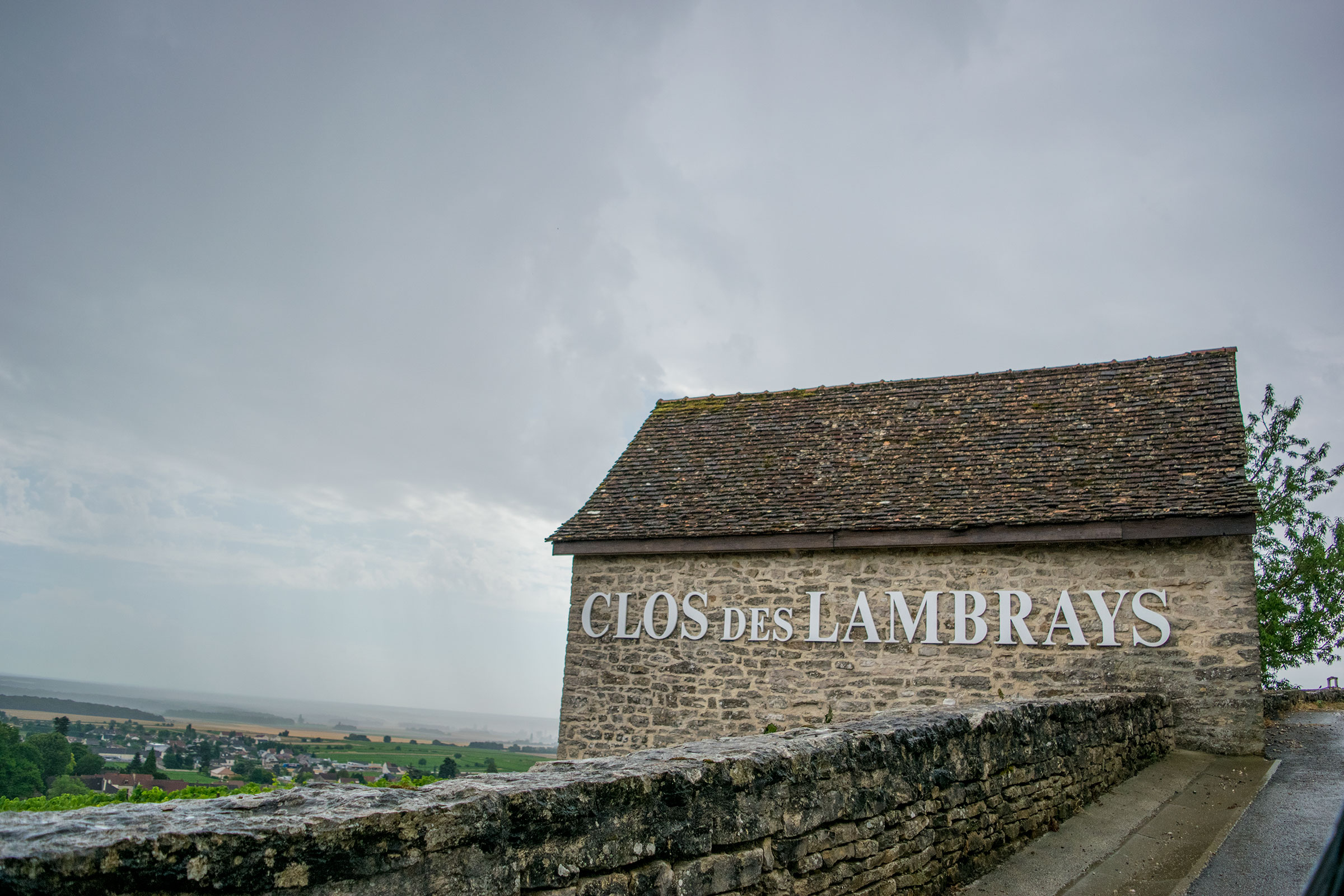
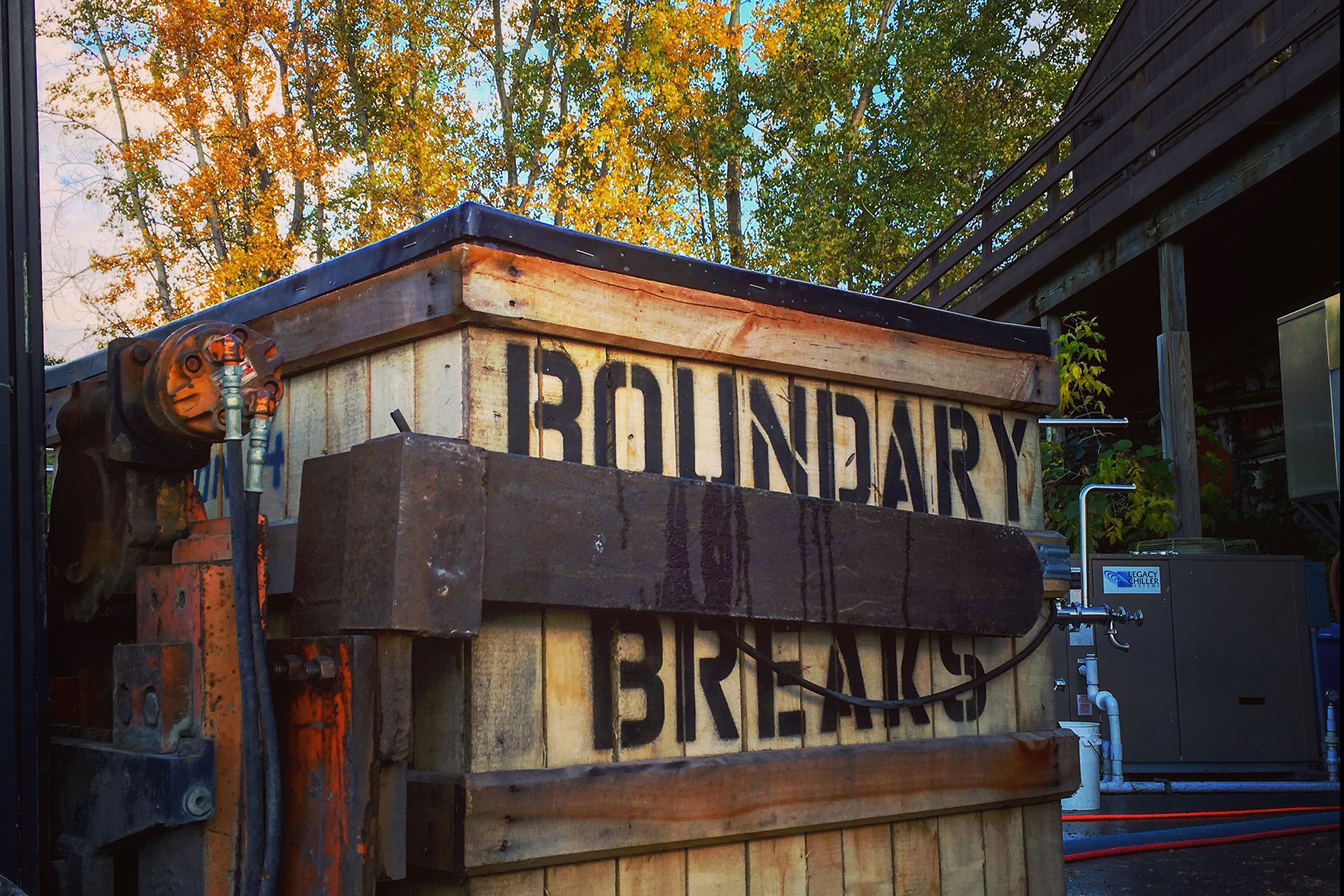
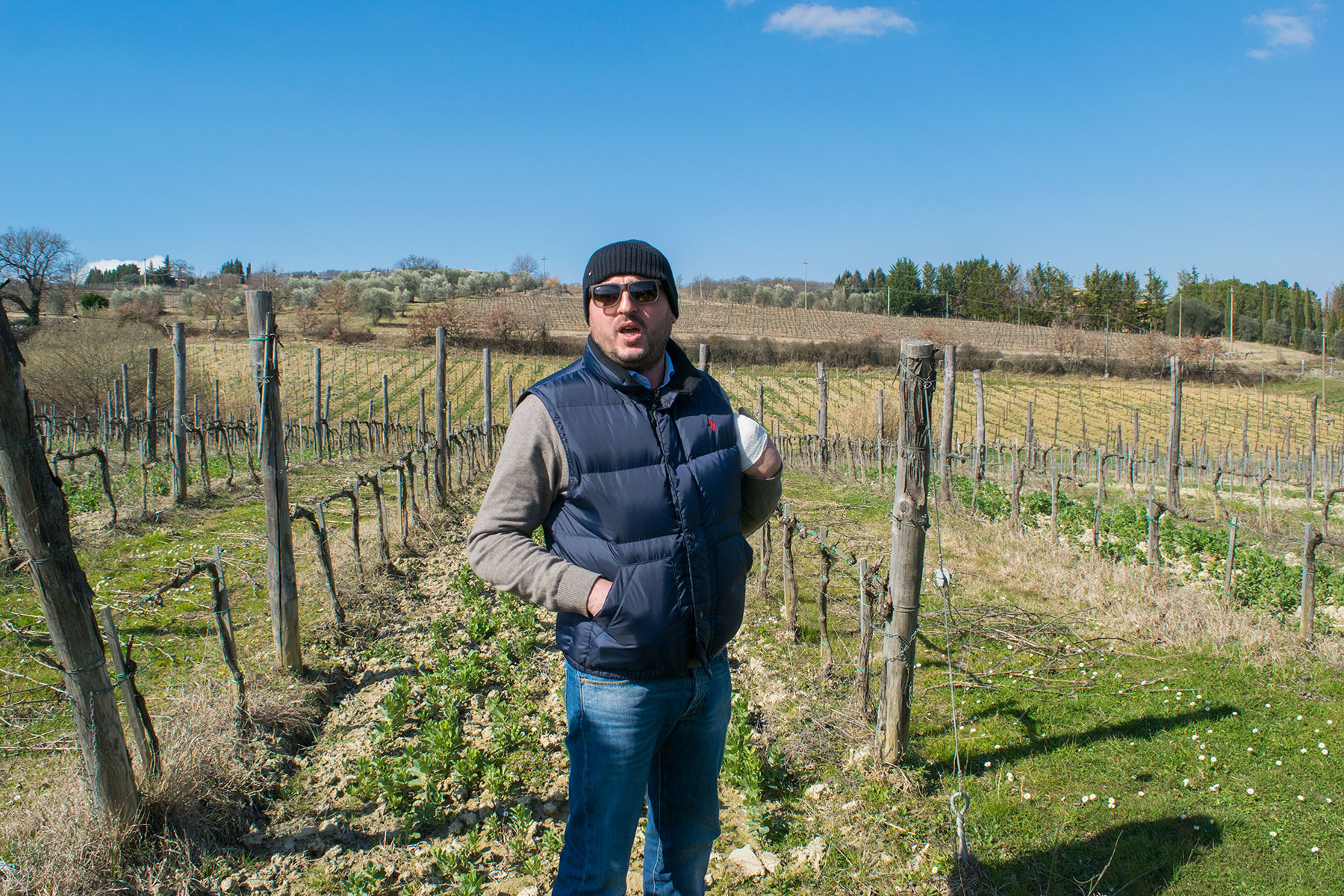
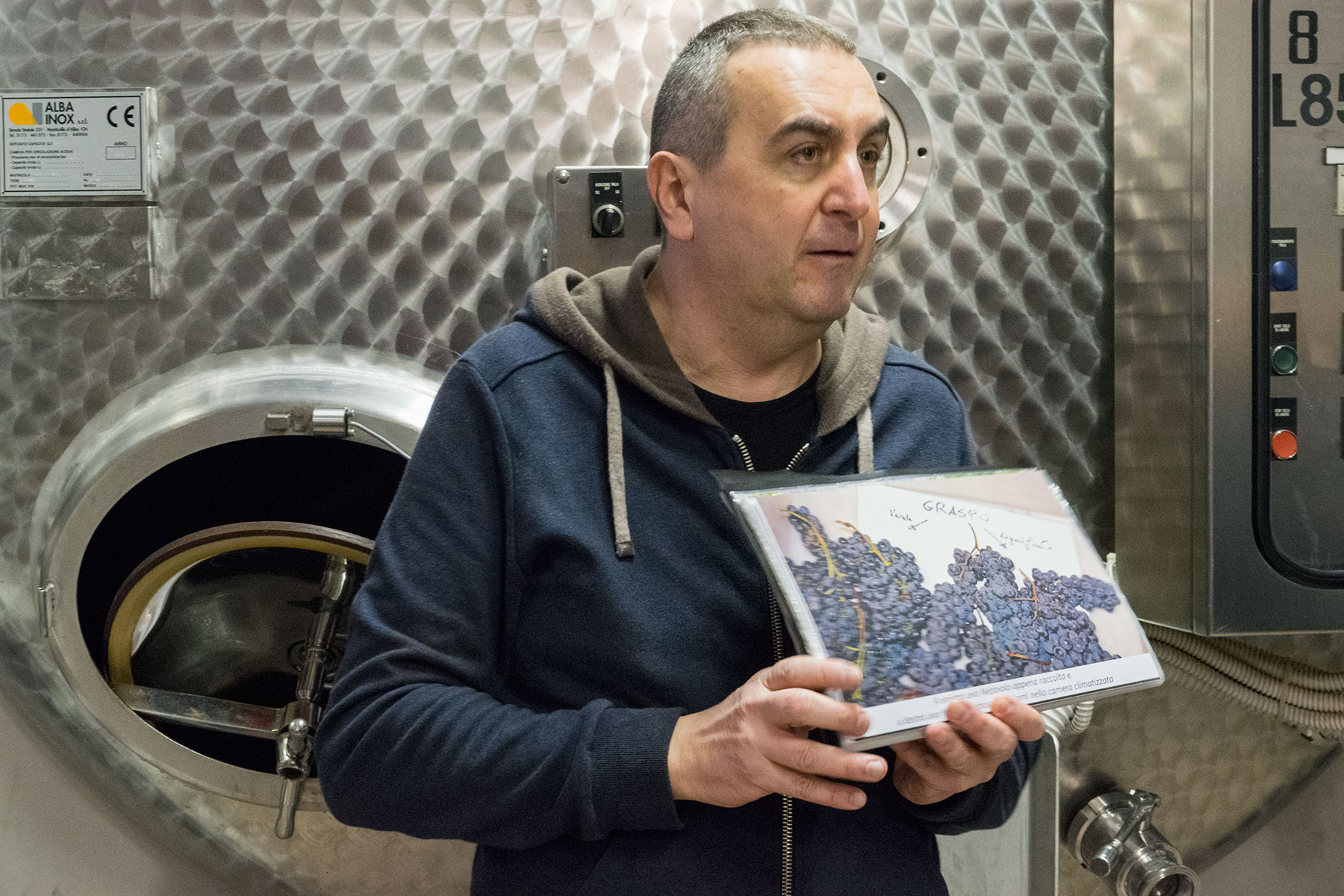
Leave A Comment
You must be logged in to post a comment.